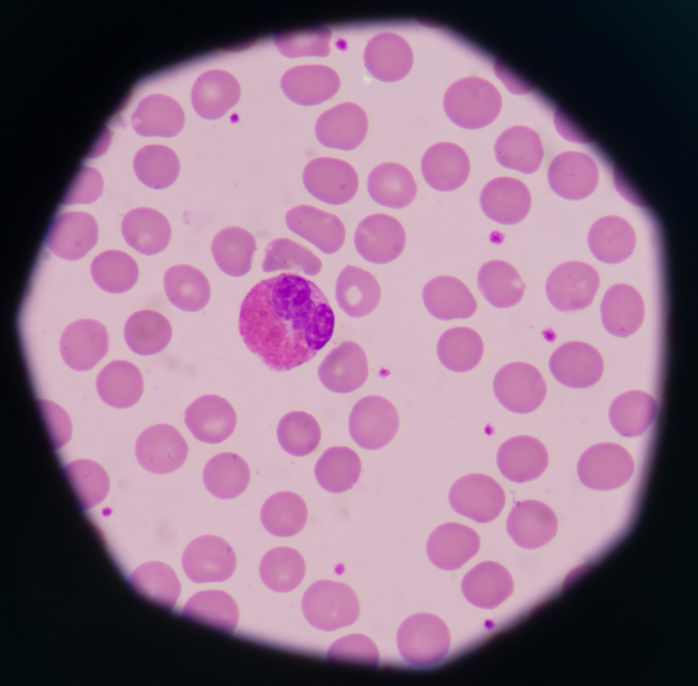 Aditi Deshpande
Aditi Deshpande
As a young student of neurobiology, I thought it would be impossible to understand the functioning and complexity of the human brain without actually peering into it. But then a landmark publication in 2006 changed that perception, once and for all. With the mere overexpression of four proteins, an adult somatic cell could be reprogrammed to a nascent, “embryonic” state—the induced pluripotent stem cell (iPSC) was born. Fast forward to a decade later and iPSCs are being regularly used to generate different cell types in the body, ranging from muscle cells to cardiomyocytes, and even neurons. Using iPSC-derived cells, scientists are now able to study previously inaccessible systems of the human body, such as the brain. And what’s even more amazing: They can now study diseases or disorders that affect these systems using cells from patients themselves.
From my own scientific experience (I am currently a postdoctoral research fellow in autism research), the discovery of iPSCs has been particularly fortuitous for the field of neurodevelopmental disorders such as autism, schizophrenia, etc. Many of them have strong genetic underpinnings, and huge amounts of data from affected individuals have identified specific mutations that may be responsible for the clinical features. However, for many of these diseases, the cellular processes that are affected and pathways amenable to therapeutic intervention are still very poorly understood.
Not that neurodevelopmental disorders were not studied before—animal models are extremely valuable to understanding some of the underlying processes. But sometimes animal models, especially where the brain is concerned, do not reproduce the human condition. Induced PSCs, on the other hand, retain the genetic changes in the patients, and generating neurons from patient-derived iPSCs allows us to identify cellular phenotypes in human cells. Once a particular cellular pathway is identified, iPSCs can be a virtually inexhaustible resource to screen experimental drugs. Adding a third dimension to the iPSC technology, scientists are now generating brain organoids: 3D structures that possess characteristics of a developing brain. Although they are far from resembling an actual brain, their usefulness has been proven in identifying the underlying cause of Zika virus-mediated microcephaly.
So are iPSCs the panacea for neurobiological (or other) disorders? We’re not sure—certainly not yet, at least. Despite the success of reprogramming somatic cells to a pluripotent state more than 10 years ago, the details of the process have not been fully worked out. The rush to use iPSC-derived cells to treat incurable diseases such as ALS or Alzheimer’s must be put on hold until we figure out how these cells are exactly generated—and how they will behave in an actual human being. Even bigger tasks are educating society and putting systems in place for the use of iPSCs for stem cell therapies. Unleashing the full potential of iPSCs will take patience and perseverance. But that’s science, right?
Quartzy is the world’s No. 1 lab management platform. We help scientists easily organize orders, manage inventory, and save money. We’re free and always will be. Visit Quartzy.com or reach out at info@quartzy.com.
Interested in writing for The Q? Send us an email!
Share this:

